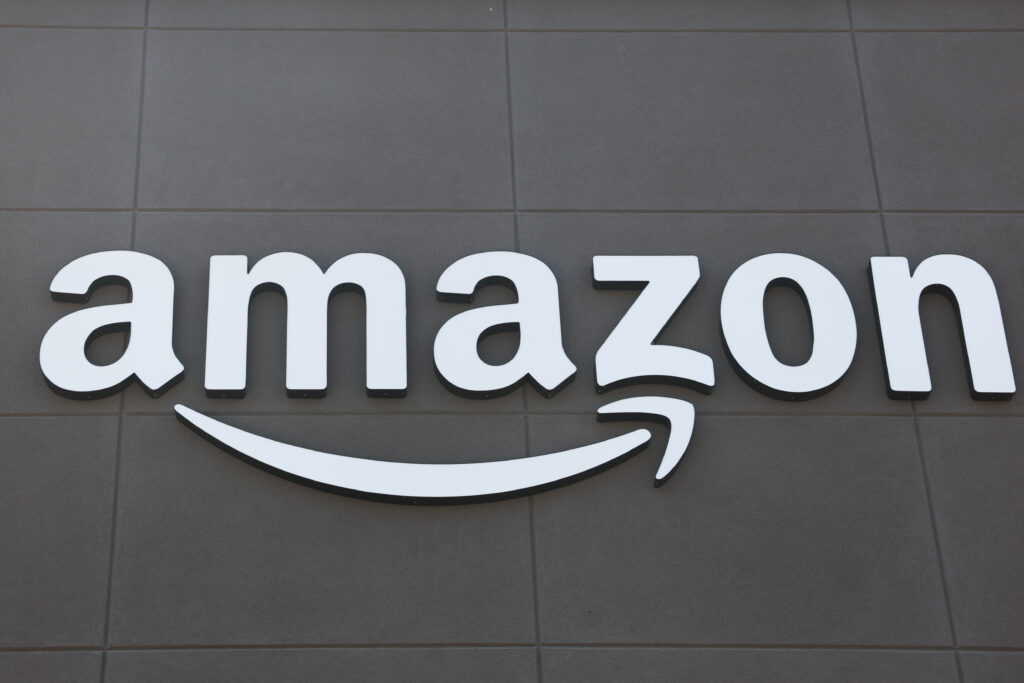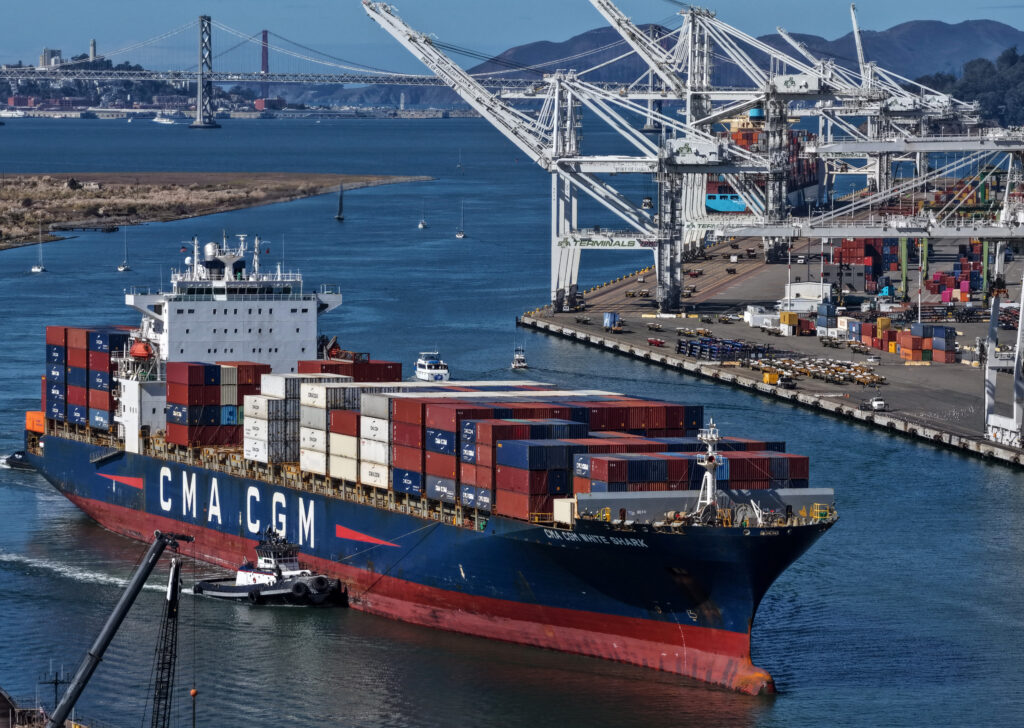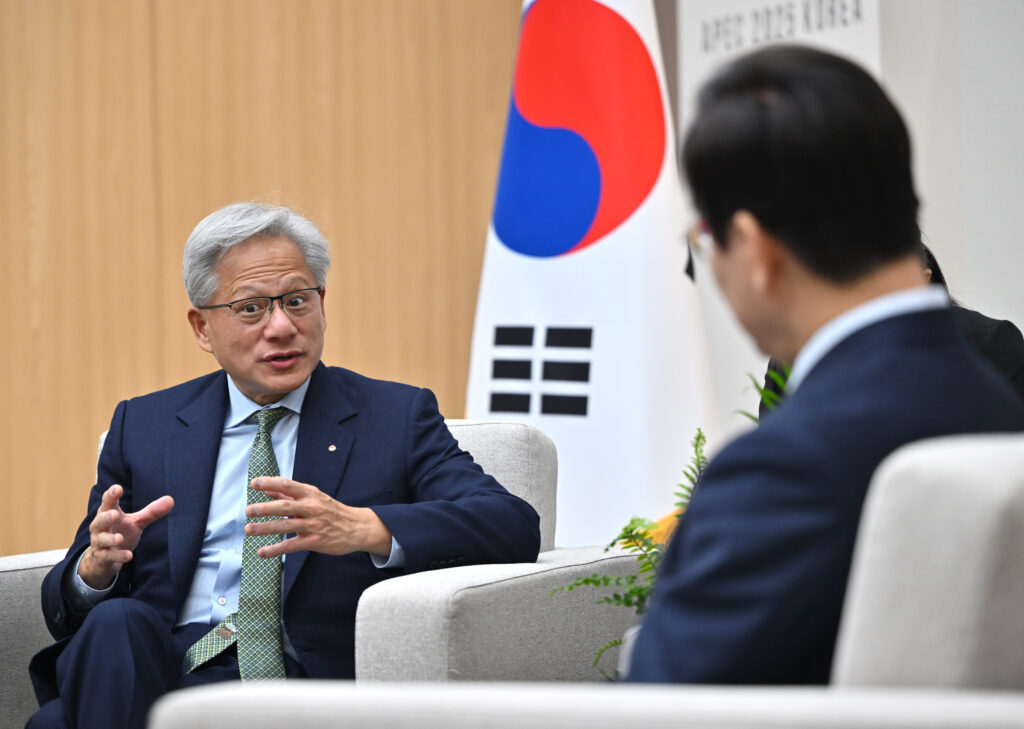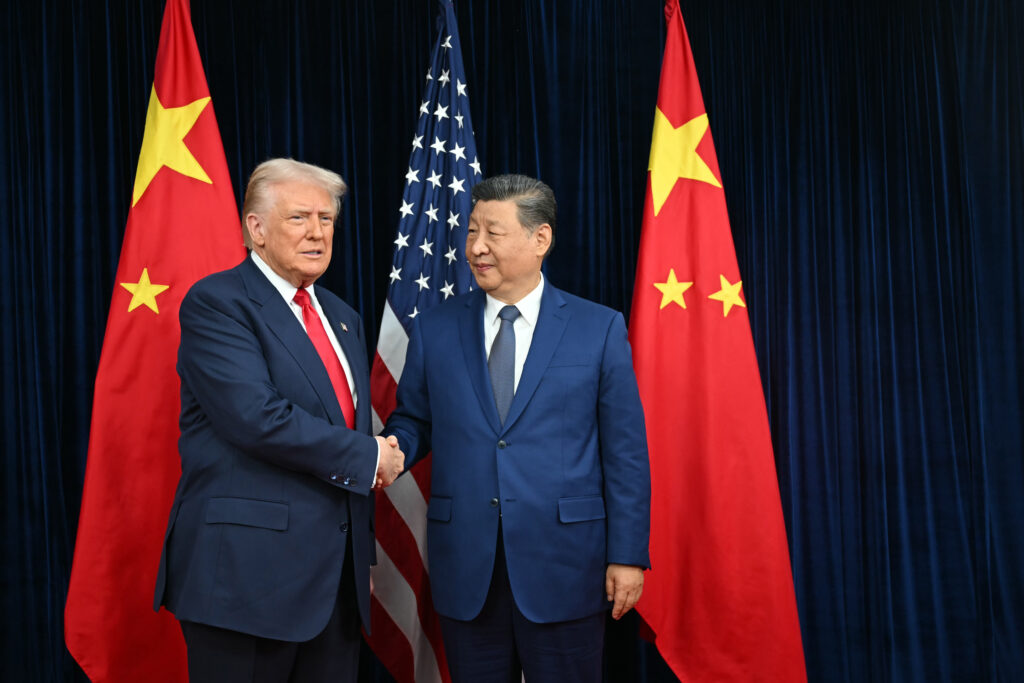Wall Street bounces on Amazon, Apple earnings
Wall Street stocks moved higher on Friday as investors welcomed strong earnings reports by Amazon and Apple.But Europe and Asian stock markets mostly fell at the end of a fluctuating week as traders reacted to company earnings, central bank decisions and a tentative US-China trade truce.Wall Street had ended lower on Thursday, with bloated AI spending by Meta reviving worries among investors. But after trading ended sentiment was boosted by Amazon reporting better-than-expected earnings driven by surging demand for its cloud computing services.Apple also posted quarterly sales that beat estimates, powered by iPhone and services revenue.The tech-heavy Nasdaq Composite jump 1.5 percent at the open of trading on Friday in New York as Amazon shares soared more than 11 percent.”Investors remain bullish thanks to strong gains across tech and semiconductor stocks driven by optimism over the future of artificial intelligence,” said David Morrison, senior market analyst at financial services provider Trade Nation.While Wall Street’s main indices gave up some of their gains as the day wore on, Amazon shares were still up over 10 percent in early afternoon trading.Shares in Apple were 0.6 percent higher.Shares in AI chipmaker Nvidia gained 2.1 percent after it said on Friday it will supply 260,000 of its most cutting-edge chips to South Korea.Investor confidence in artificial intelligence lifted markets at the start of the week, pushing Nvidia to become the first firm with a $5 trillion market value and sending several stock markets to record highs.Sentiment was further boosted by a detente in the US-China trade war that has shaken global markets, though momentum faded as the two sides stopped short of producing a signed agreement.While the Fed on Wednesday cut interest rates as expected, Powell’s follow-up comments that another reduction by the end of the year was not guaranteed dampened sentiment as investors had been expecting another cut at the US central bank meeting in December.The European Central Bank and Bank of Japan held their rates steady Thursday.The ECB’s stance was reinforced by data Friday showing inflation eased closer to the central bank’s two-percent target in October. European stocks ended the day lower.In Asia, Tokyo’s main benchmark gained more than two percent on Friday while Seoul added half a percent, with both reaching record closes.Japan’s climb came despite a plunge in Nissan shares after the auto giant said it expected to suffer an operating loss in its current fiscal year ending in March.- Key figures at around 1630 GMT -New York – Dow: FLAT at 47,532.45 pointsNew York – S&P 500: UP 0.3 percent at 6,840.17New York – Nasdaq Composite: UP 0.7 percent at 23,736.34 London – FTSE 100: DOWN 0. percent at 9, (close)Paris – CAC 40: DOWN 0. percent at 8, (close)Frankfurt – DAX: DOWN 0. at 24, (close)Tokyo – Nikkei 225: UP 2.1 percent at 52,411.34 (close)Hong Kong – Hang Seng Index: DOWN 1.4 percent at 25,906.65 (close)Shanghai – Composite: DOWN 0.8 percent at 3,954.79 (close)Euro/dollar: DOWN at $1.1537 from $1.1564 on ThursdayPound/dollar: DOWN at $1.3135 from $1.3142Dollar/yen: UP at 154.13 yen from 154.06 yenEuro/pound: DOWN at 87.83 from 87.98 penceWest Texas Intermediate: FLAT at $60.57 per barrelBrent North Sea Crude: DOWN less than 0.1 percent at $64.32 per barrelburs-rl/st






